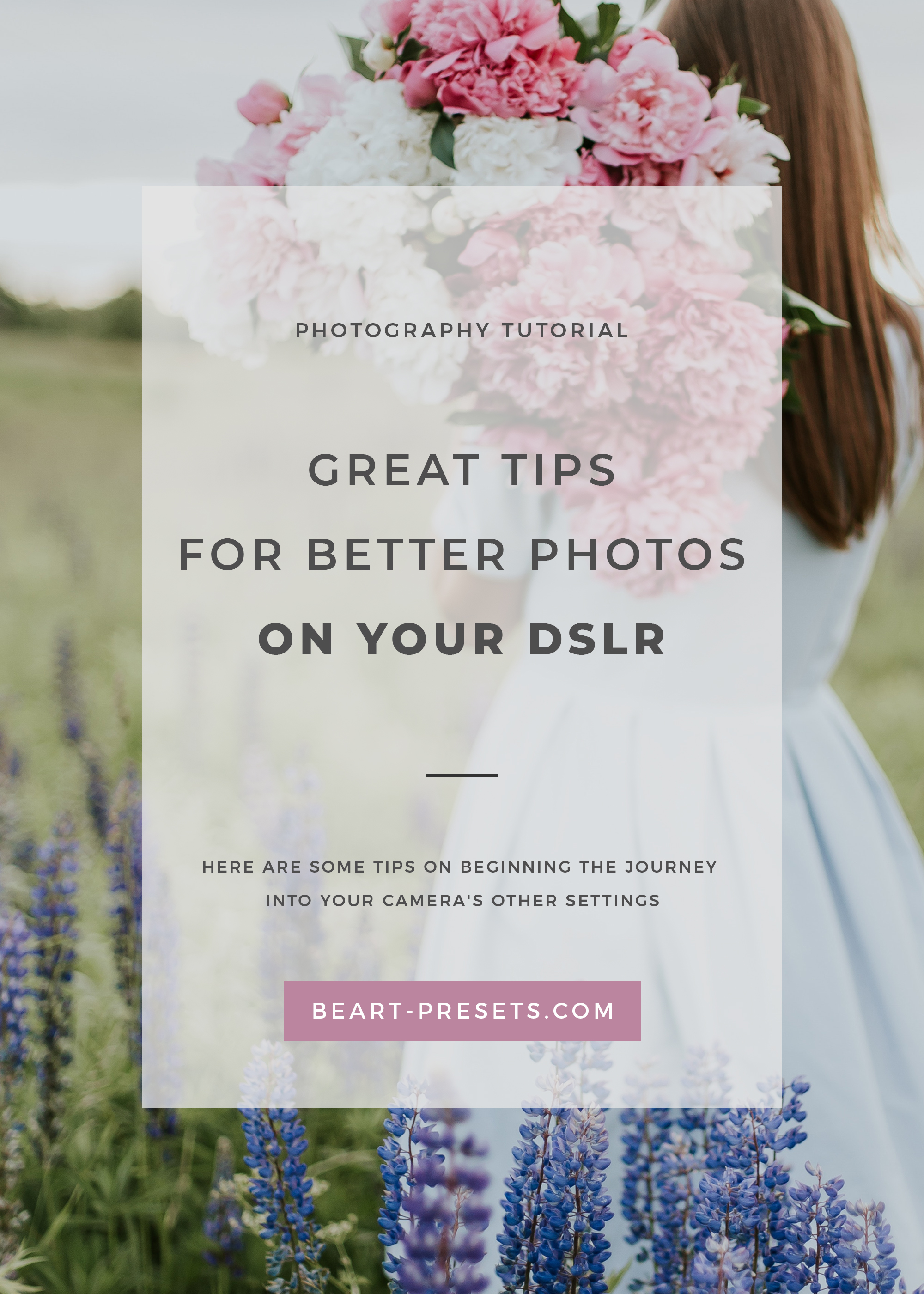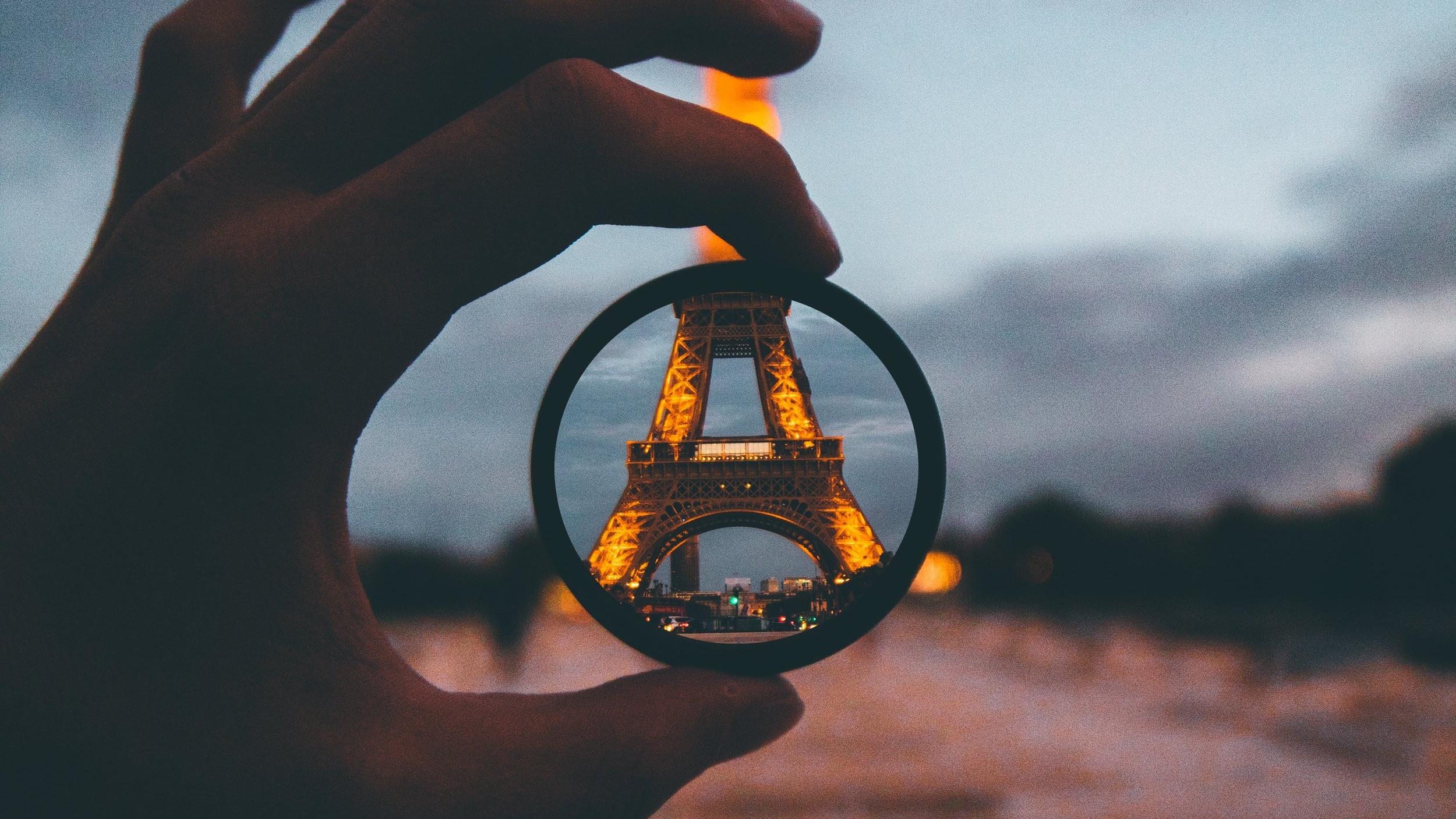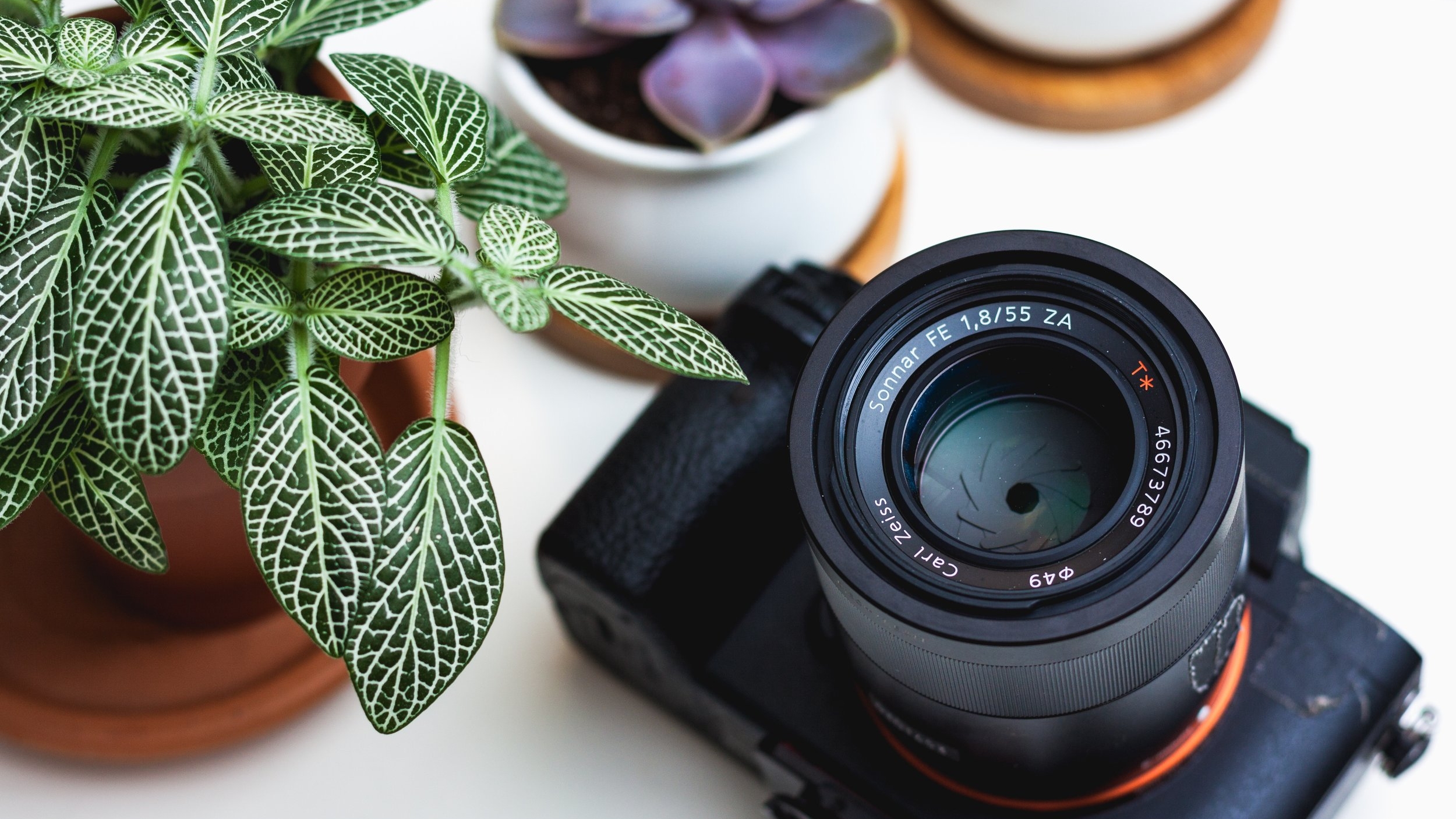Great Tips for better photos on your DSLR
Let's face it: shooting on full Auto mode is a delightful experience for those wanting things straightforward easy. However, there's so much more to your camera's capabilities that it would be a shame not to take advantage of those settings!
Learning to use those other settings is like open the door into another universe of opportunities. So, why wouldn't you do that? Here are some tips on beginning the journey into your camera's other settings.
Invest in a high-quality tripod:
Every photographer should own at least one versatile and high-quality tripod. It's particularly useful for shooting in lower lighting conditions and any time you think you might inadvertently cause the camera to shake or move when pushing the button.
If you're likely to be shooting in frigid climates or conditions, we also recommend a remote shutter release cable to use with the tripod. It resolves the issue surrounding shaking from frigid temperatures!
Aperture & Shutter Priority Modes:
If you want to venture into shooting in Manual mode by taking baby steps instead of a deep dive, Aperture priority and Shutter priority is the way to start. That's because they're like shooting on semi-auto rather than full auto mode.
Aperture Priority: As you likely know (if you don't, it's a good time to learn), Aperture is the size of your lens opening when you're snapping a picture. That opening allows a certain amount of light into the camera. Aperture Priority (A or AV) means you get to control the setting for the aperture while the camera determines the shutter speed.
Shutter Priority: Your shutter speed is how long (known as exposure time) your shutter remains open to allow light to enter the camera and be picked up by its sensor. When you're in Shutter Priority mode (S or Tv), you get to control the shutter speed while the camera automatically determines the aperture.
What can you do with these modes?
Which one you use is a personal preference decision. Some photographers prefer one over the other. Often, it just comes down to what you're shooting. If you want to shoot on Aperture Priority mode to create a shallow depth of field for an unfocused background, for example, you want a larger size aperture which is indicated by a lower f-stop number.
Shallow depth of field is often used in portrait or food photography. The higher the f-number, the deeper your depth of field, meaning the foreground and background are both in focus making it ideal for landscape or architectural photography. If you want to freeze motion like with a car or athlete, you need a faster shutter speed or slower shutter speed to capture the motion by blurring the motion.
Autofocus:
The Autofocus mode (AF) means you leave the camera to focus automatically. There are two settings for Autofocus mode: one shot and continuous. One shot is fine for a still subject, while continuous is best for a subject in motion. If you were to shoot someone running, for example, on the one Shot setting instead of continuous, only your first picture is likely to come out in focus.
To use the AF mode, look for the central focus point when you look through your camera and aim it straight at your subject. Then, press on the shutter button softly or about halfway down to activate the autofocus and shoot. If you're setting a wide aperture, you might be better off pointing the camera at something close to the subject rather than right at the subject to ensure it focuses.
Working with ISO:
ISO Auto makes life easier, but you give up control of your shutter speed and exposure levels. Here's what you need to know about ISO:
100 ISO is ideal for bright or sunny conditions.
200-400 ISO are for outdoor and overcast daylight, outdoor shade, or bright indoors.
800 ISO can usually work for low-light outdoors or indoors without a flash. Don't your shutter speed get too slow or you'll have to do one of three things: use a tripod, increase ISO, or use a flash.
1600 ISO is usually good lower light conditions without a flash. Higher ISOs usually mean a grainier image. One solution to avoid this is to set a lower ISO and use a tripod.
The Meter:
While you can use a hand meter, these days a DSLR has a built-in feature to control exposure automatically. However, sometimes you'll want more control over the exposure. So here's what you can do using your camera's built-in metering modes.
You can control the exposure using one of your camera's metering modes. Keep in mind that manufacturers refer to the four settings by different names, but they perform the same functions across the cameras:
Evaluative/Matrix Metering (the default setting)
Spot Metering mode
Partial Metering mode
Center-Weighted Average Metering mode
While you can shoot in the Evaluative Metering mode most of the time, some scenes require you to compensate by switching modes. For example, if you're shooting a subject with a strong backlight, you probably need to switch from Evaluative Metering to either the Spot or Partial Metering mode. Otherwise, the camera takes into consideration the brightness from the backlight and the image's exposure will be off.
The Center-Weighted Average Metering mode sounds complicated but is merely a combination of the Evaluative and Partial/Spot Metering modes. Of the four modes, it's used the least often because it's metering attention is focused on the center of the frame. That doesn't always provide enough exposure compensation. More on that n.
Exposure Compensation:
As we've already said, sometimes you'll need to override your camera's auto instincts, especially when it comes to a lot of black (dark) or white (bright) tones in the image. Without overriding, the camera automatically averages out the exposure.
To override and adjust it, use the +/- sliding scale. There's no single right or wrong setting when you're overriding because it all depends on the effect you're trying to achieve. We suggest trying various settings to see which one you like best.
Photo Editing Software:
We're not sure where any DSLR photographer would be today without photo-editing software. We, like many professional photographers, are partial to Lightroom.
So, now that we've offered all these tips on how to get better photographs from your DSLR camera let's end by saying that a good photo-editing software program - along with Lightroom presets - are indispensable to photographers. While software might not be able to fix a poorly composed photograph (try cropping it), it can do a lot for enhancing an otherwise great image.























